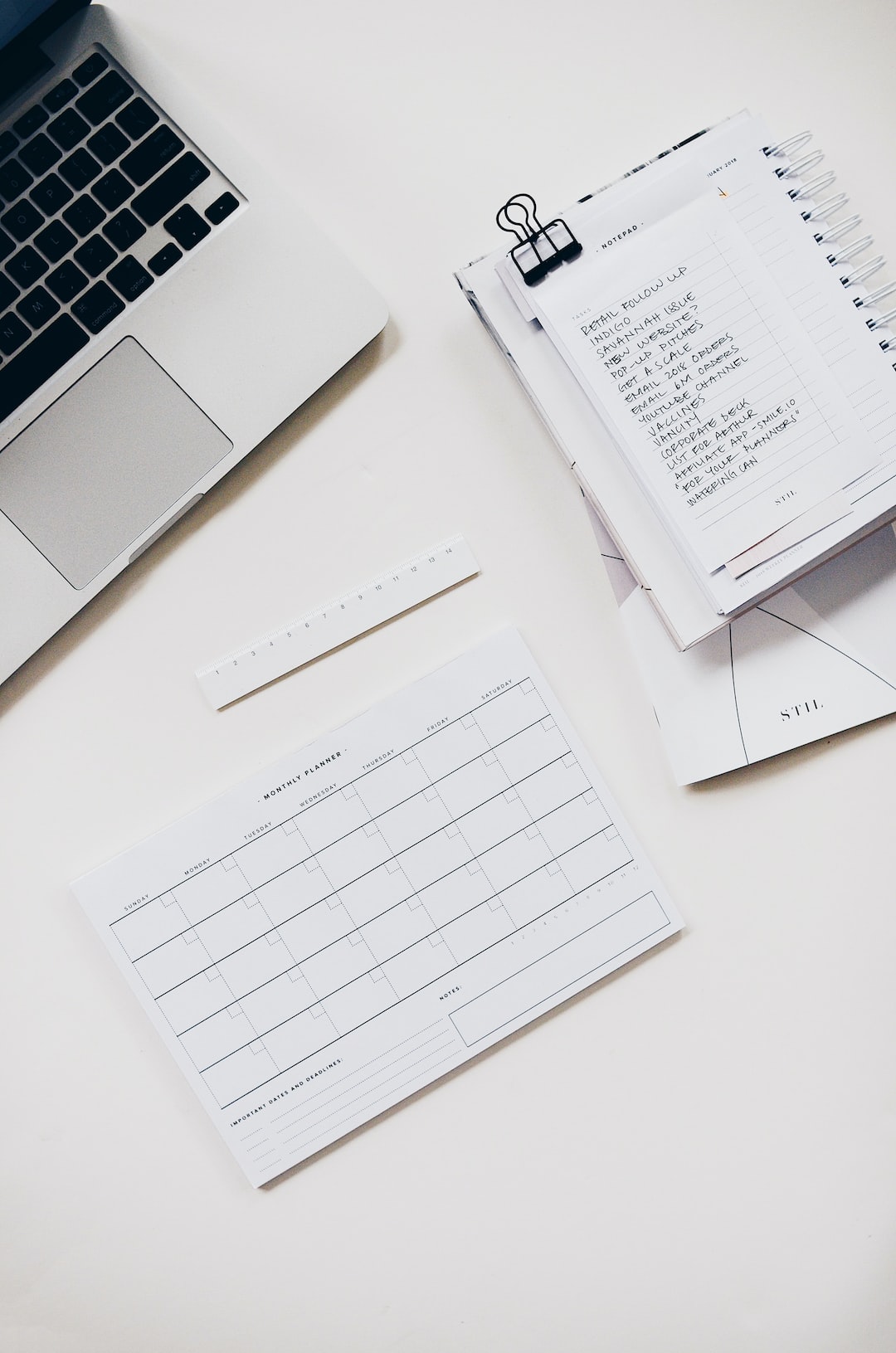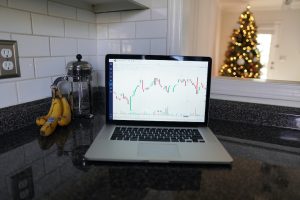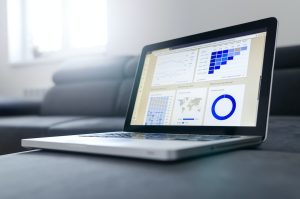Forex or foreign exchange market is the largest financial market, with a daily turnover exceeding $6 trillion. The forex market is a global decentralized market where currencies are traded against each other. Understanding forex can be a daunting task for beginners, but with the right approach and knowledge, anyone can learn how to trade forex.
Here are some tips to help you understand forex:
1. Understand the basics of forex
Before you start trading forex, it is essential to understand the basics of forex. This includes understanding the currency pairs, how they are priced, and the factors that affect the exchange rates. The most popular currency pairs are EUR/USD, USD/JPY, GBP/USD, and USD/CHF. These pairs are traded the most and are known as major pairs.
To understand forex, you must also understand how the market works. Forex is a 24-hour market, and it operates five days a week. The market is open in different time zones, and traders can trade around the clock. The forex market is also decentralized, which means there is no central exchange where trades are executed.
2. Learn the trading strategies
To trade forex successfully, you need to have a trading strategy. There are several trading strategies, and each one has its own set of rules and guidelines. Some of the popular trading strategies are scalping, day trading, swing trading, and position trading.
Scalping is a strategy where traders look to make small profits by making multiple trades throughout the day. Day trading is a strategy where traders hold positions for a few hours and close them before the market closes. Swing trading is a strategy where traders hold positions for a few days to a few weeks, while position trading is a strategy where traders hold positions for several months to years.
3. Know the risk management techniques
Risk management is an important aspect of forex trading. As a trader, you should always have a risk management plan in place to protect your capital. One of the popular risk management techniques is the use of stop-loss orders. A stop-loss order is an order that closes a trade when the price reaches a certain level. This helps to limit the losses and protect your capital.
Another risk management technique is to use leverage wisely. Leverage is a tool that allows traders to trade with more money than they have in their account. However, leverage can also magnify the losses, and traders should use it wisely.
4. Keep up with the news and events
The forex market is affected by various news and events. Economic data, political events, and central bank announcements can all affect the exchange rates. Therefore, it is essential to keep up with the news and events that can impact the market.
Traders can use an economic calendar to keep track of the upcoming events. The economic calendar provides information on the date, time, and impact of the news and events. Traders can use this information to make informed trading decisions.
5. Practice with a demo account
Practice is essential to understand forex. Traders can use a demo account to practice trading without risking real money. A demo account is a simulated trading account that allows traders to trade with virtual money. Traders can use the demo account to test their trading strategies and learn how to use the trading platform.
In conclusion, understanding forex requires a combination of knowledge, skills, and practice. Traders should start by understanding the basics of forex, learning trading strategies, and risk management techniques. They should also keep up with the news and events that can impact the market. Finally, traders should practice with a demo account before trading with real money. With the right approach and knowledge, anyone can learn how to trade forex.






